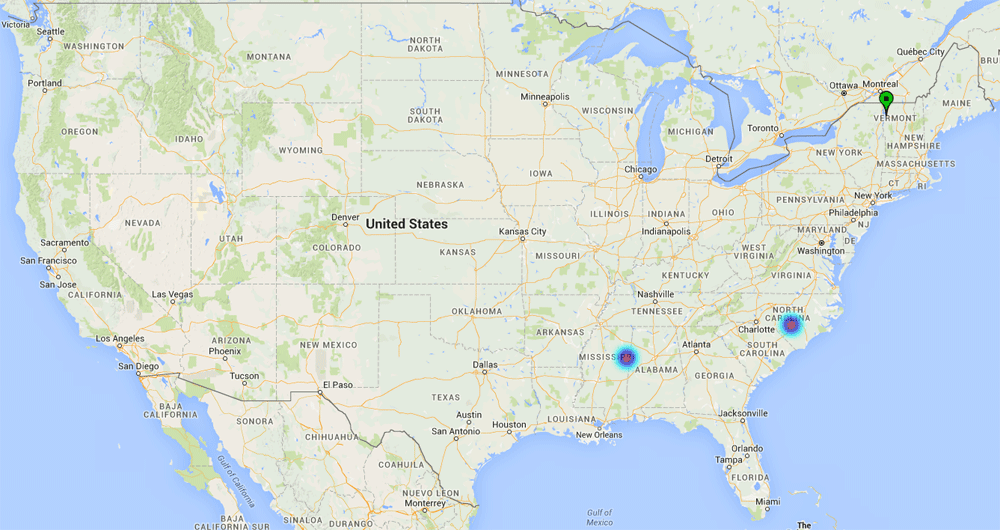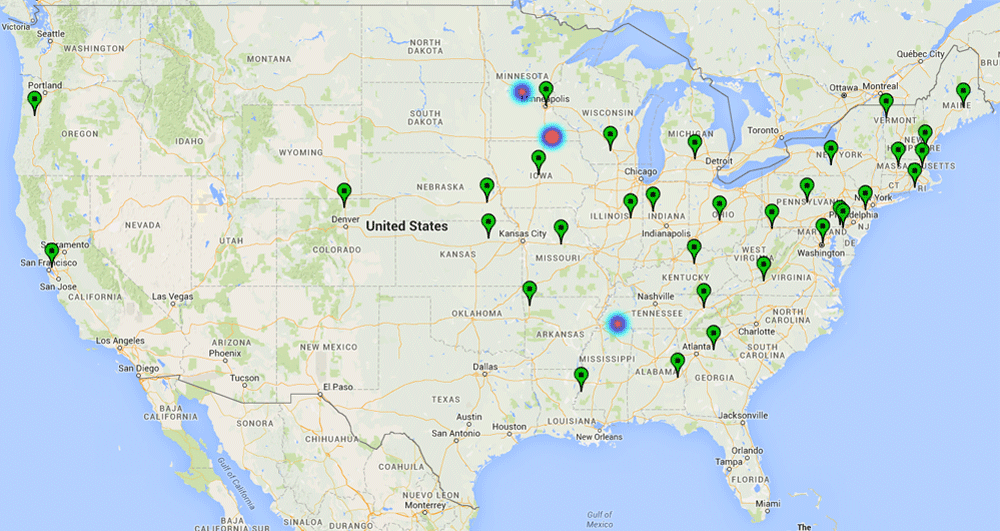Research Example
Example
Genres in Agricultural News
To provide an example of how the data from Historical Agricultural News might be used in specific disciplinary research, consider how a rhetorician might use the search to answer the question of “how did the dominant social communications (the newspapers) of the 19th and early 20th centuries help propagate the advance of modern agriculture in the United States?” The researcher might approach the topic from the background of rhetorical genre theory, which posits that written genres (such as the articles, editorials, and advertisements in newspapers) are forms of social action that help create situations as well as responding to them (Miller 159–60). To develop this argument, the researcher might look for signs that newspapers, as well as other every day, typical genres such as petitions, reports, and bulletins, transmitted progressive farming ideas from organizations and institutions into local communities.
A search of the database, using the terms “extension service,” “land‐grant colleges,” and “sheep” produces 92 articles. Two examples, from September and October of 1917, concern the sheep industry in Vermont; the newspaper communicates the involvement of the government in seeking to reestablish the flagging industry by bringing in experts to work with local farmers. In addition to the newspaper articles, other genres are mentioned as part of the enterprise: “a survey of the status of the sheep industry in Vermont” (“Sheep for Vermont”), and “census reports” contrasting sheep populations between 1840 and the current year (“Opportunity”).1 These additional genres help reinforce the persuasive tone of the article, setting the opportunity of increased sheep ranching as a positive economic development for the local communities.
A slightly different search, substituting “corn” for sheep, brings up 60 results, one of which is an article discussing reports on seed viability from “seed testing work” conducted in local schools (“Alarming”). These reports, according to the paper, are communicated back to the “extension service, University of Vermont, and State Agricultural College.” The paper is communicating directly to the farming public, suggesting that farmers might consider having their corn seed tested, since it “seemed to be of much lower germinating quality this year than the average year” (“Alarming”). The mention of the communication between the school and the more authoritative institutions gives weight to the children’s findings, and promotes the idea of “scientific” farming. In a time when most agriculturalists saved seed from one season to the next rather than purchasing seed from commercial entities, this news could indeed be perceived as “Alarming,” and could conceivably goad farmers toward changing their practices.
With these examples, the rhetorician could start to build a textual analysis of newspapers supporting her argument. The connections between newspaper and other forms of genre and new developments in technology and practices suggest a dynamic relationship taking place. But Historical Agricultural News has two additional features that can help her analyze and visualize her data. The first is a downloadable comma‐delimited file for use in a spreadsheet or other analysis program, which is found under the Export link on the Search page. While much of the OCR is still dirty, the spreadsheet makes it easier to sort by date and search for terms without going from paper to paper. This tool could be used for concordance analysis, finding out how many times certain genres are mentioned.
The other feature is the Map, which can be used for a decade‐by‐decade visualization of the expanding communication made possible by the organizations and newspapers. By selecting date ranges on the Search page, the resulting map (selected on the Results page) shows where the papers are published along with the nearby land‐grant universities. The frequency of genre use, visible through the “heat” areas and tracked over time, offers a new way of thinking about the spread of progressive farming ideas, and might help reveal different trends in the data.
Mapping Example
Search criteria:All organizations
Grain crop: Corn
Livestock: Sheep
All states
Period from 1836 – 1862







1An additional search option has been included in Historical Agricultural News to highlight some of the genres identified in some initial searches.